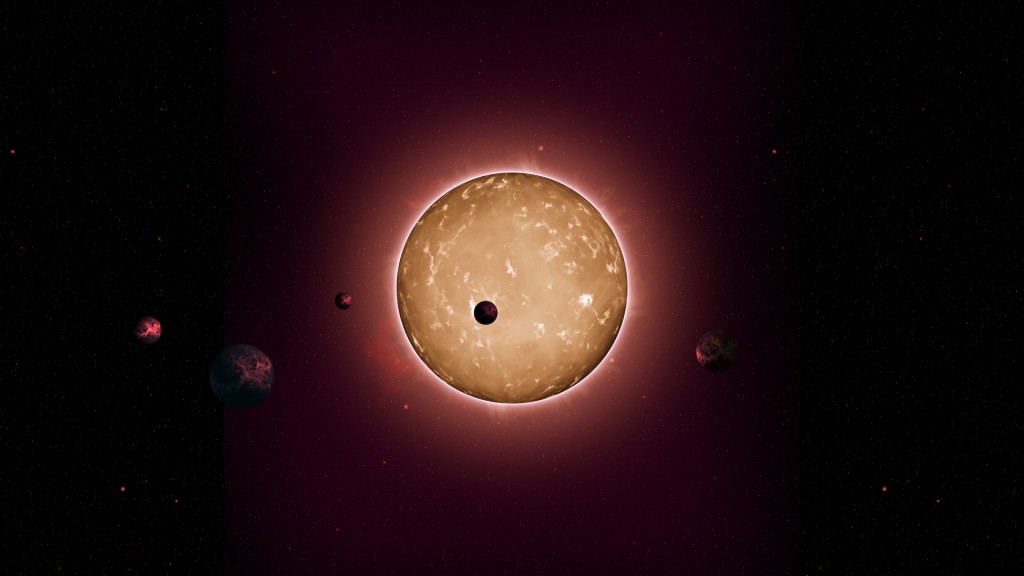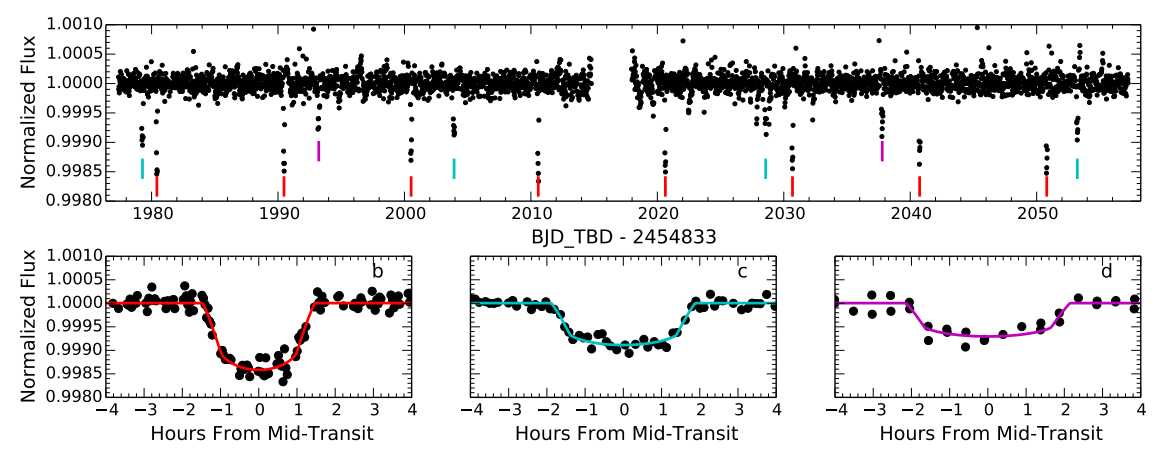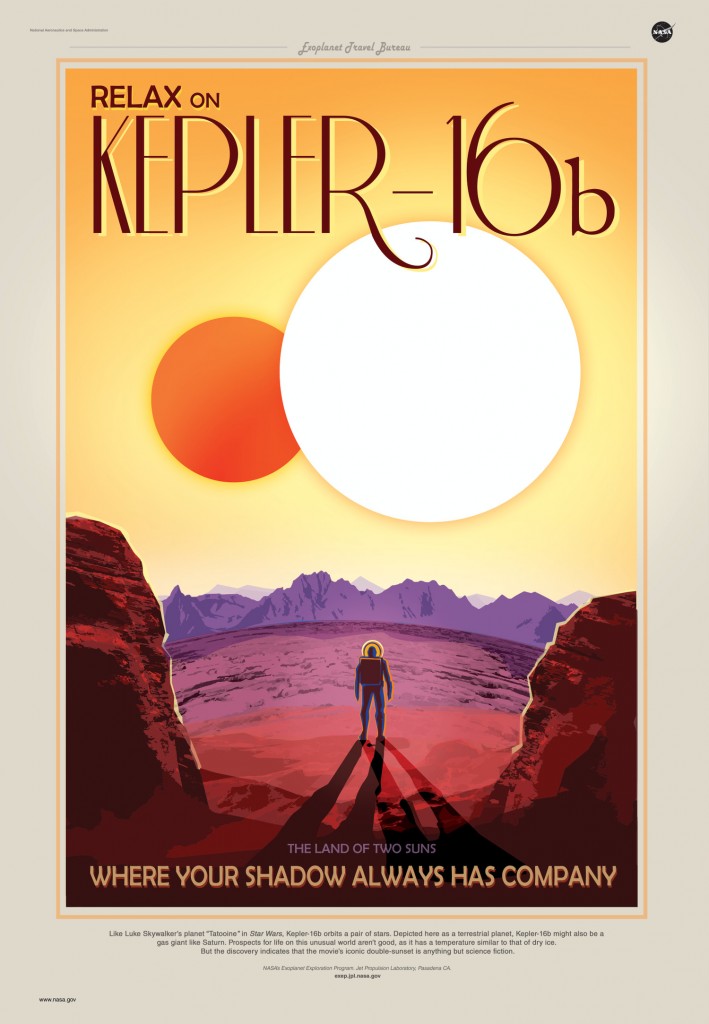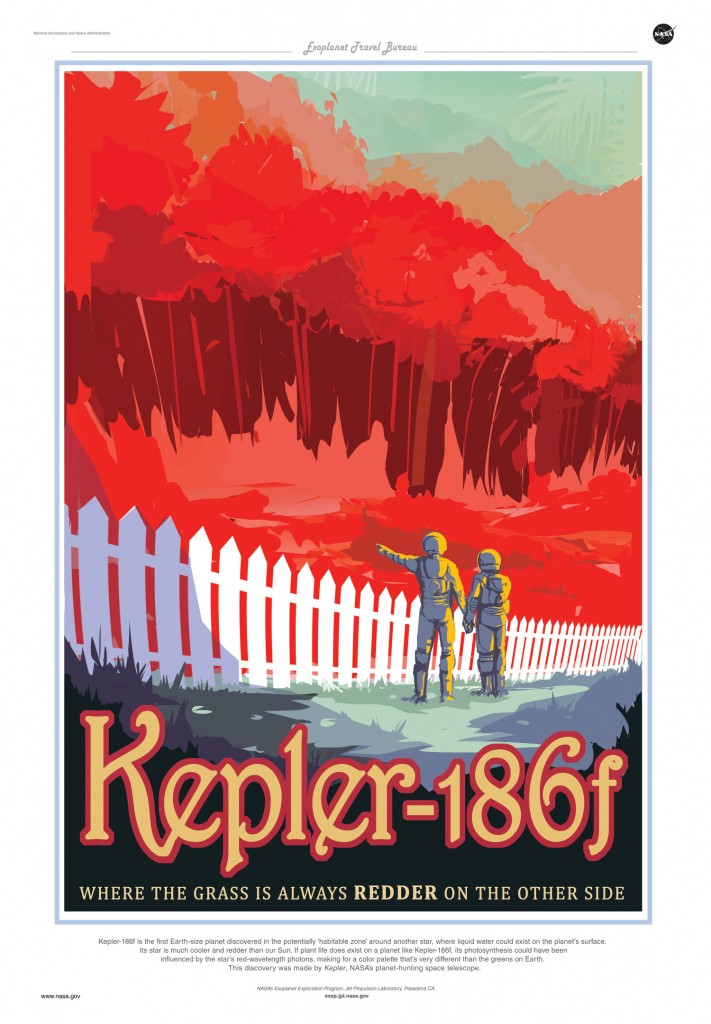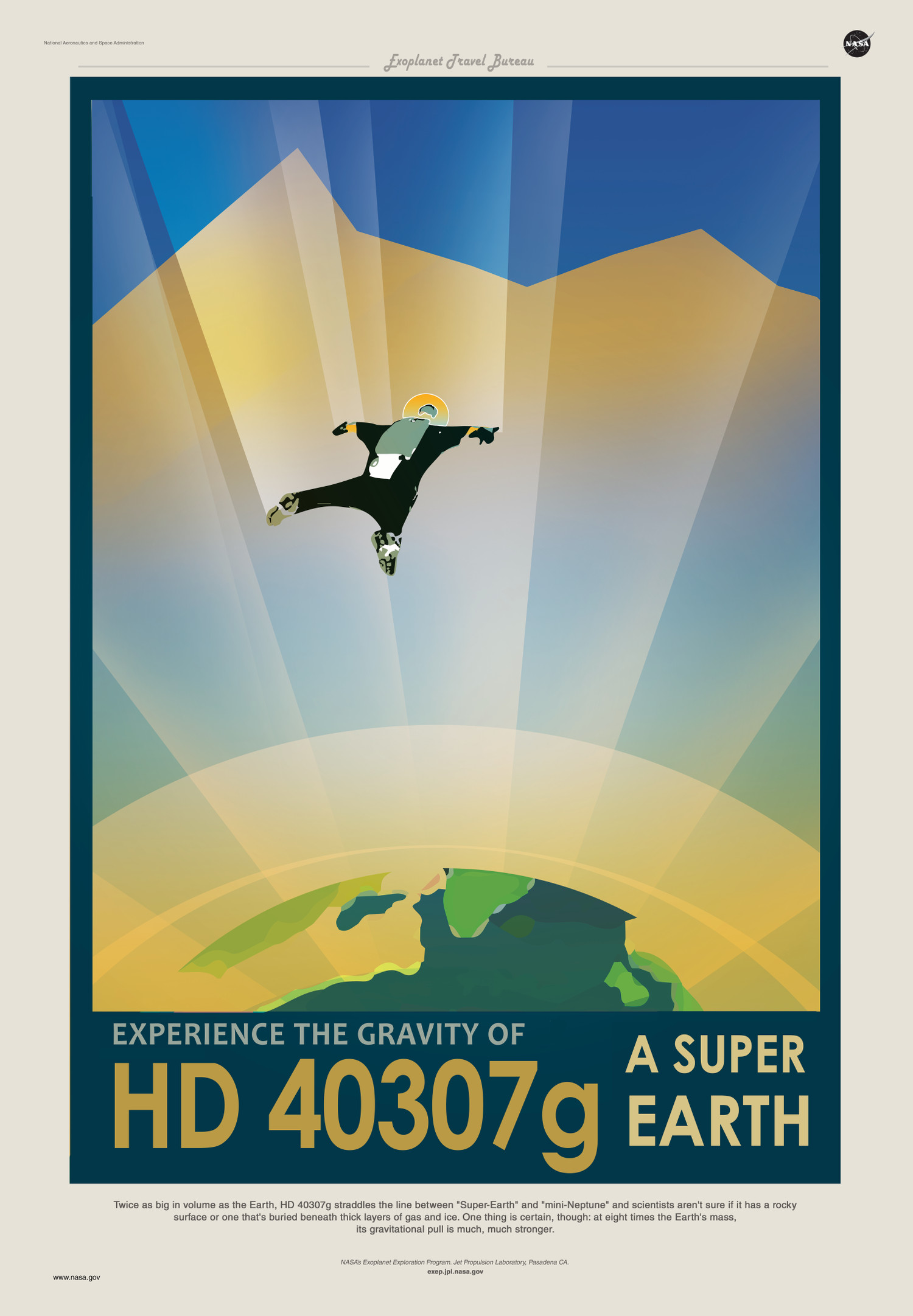A paper I worked on with Tiago Campante from the University of Birmingham and many others has just been published. It’s a truly astounding system. Here are 10 cools facts
- The star is 11.2 billion years old. The Universe was just 20% of its current age when this star formed.
- The star is just 36 parsec away. It is in our stellar backyard.
- The star is a high proper motion star. The star moves at half an arcsecond a year.
- The star is a thick disk star. It is part of an older region in our galaxy.
- The star is the densest where we have measured seismic oscillations. We used these oscillations to measure the star’s age and density.
- Five sub-earth-sized planets orbit the star. This system hosts a planet almost as small as Kepler-37b.
- The planets all have orbital periods of less than 10 days. This is the most compact planetary system.
- These planets are the oldest know terrestrial planets. Only the giant planets around Kapteyn’s Star are older.
- These planets must have been formed from a Type 1bc or II supernovae material, not Type Ia. Type Ia supernovae are caused by white dwarfs and white dwarfs were not abundant in the early galaxy.
- The orbital periods of the planets are all very close to mutuals resonances. The orbital period ratios of the five planets are 125:100:75:60:48. i.e. for every 125 orbits of the inner planet, the outer planet orbits 48 times.
The paper is available from http://arxiv.org/abs/1501.06227.

